
Our young child screamed through tears while standing standing atop of the bed. This was the seventh straight night of outrageous, defiant behavior at bedtime, after weeks of relative calm.
I walked over to the nearby rocking chair, and I sat down quietly while our little one seethed.
Several years ago, both my husband and I would have left our sweet kiddo to rage alone after unsuccessfully trying to restore calm in all the ways we were then versed. Several years ago, I would have cried into the sleeve of my husband’s shirt, and I would have felt helpless to help. Yelling didn’t work. Consequences either. And logic? Nope. It only made hard times harder. Several years ago, I wouldn’t have been able to sit with our hurting child because all I could see was the terrible behavior.
Thankfully, several years ago, our connection-based parenting journey shifted once again when a wise friend gave us some good advice: “Instead of taking this child's behavior personally, instead of loading consequences, instead of judging this behavior unacceptable, get curious. Ask yourself what’s happening inside of such a little person to be causing such big chaos on the outside.”
While I silently rocked in the rocking chair across the room from our kiddo, I checked in with my own self. How was my regulation in the midst of this tantrum? If I was going to help this little one calm, I needed to know if I was calm myself! Was I breathing? Was I holding tension in my shoulders or neck or jaw. I consciously let go of the tension while I breathed. I thought of my favorite script.
"I'll keep you safe until you're back in control."
While our child angrily pouted, I calmed my own body so I could think clearly.
This isn’t a personal attack, I reminded myself. What was really going on? Upon closer look, I noticed our kiddo's eyes were darting around the room and saw a very scared child.
Instead of creating consequences to stop the behavior as I rocked, I began focusing on the cause of the behavior.
As I relaxed my body, I stopped judging the behavior as bad, and I was able to get curious and start asking questions:
Why is bedtime so hard for this treasured little one right now?
And how can I help ease the dis-ease going on inside of our little one?
Calmer now, I asked our kiddo to rock with me and a favorite soft blanket. Still angrily pouting, our little one softened and came to sit on my lap. Taking a chance on what I’d figured from my detective work about the big feelings being exhibited, I asked, "are you feeling scared about something?" Now calmer, our kiddo could find words that matched with the big feelings:
“I’m scared of being alone in my room.”
By first regulating so I could think, I was able to succeed in not taking all of our child's angry words personally; I was able to get curious about our little one’s behavior, and we were able to determine our little one was afraid during bedtime and meet the underlying need.
We found ways to soothe our child's fears, including adding a nightlight, some soft music and leaving the bedroom door wide open with promises to stay until our kiddo fell asleep and do check ins after that.
The brain has only two choices: it can either grow and develop or keep one safe. If the amygdala, the part of the brain responsible for keeping us safe, is always stuck in the “overdrive” position, other parts of the brain that are responsible for logic, empathy and planning do not develop in a typical manner, making it almost impossible for our kiddos from hard backgrounds to access these skills while having a hard time. We must feel safe so we our other parts of our brains can grow, develop and be accessed. Our kiddo was so scared at bedtime, self reflecting on behavior wasn't even an option until feelings of safety were restored. This sweet little one was stuck in fear response. As parents it's our job to calm the fears, so we first have to find the calm in ourselves.
Through realizing that there is always a need behind behavior, we were able to help bring calmness to most bedtimes by first hearing our little one's concerns beneath the behavior and then helping restore feelings of safety. Regulation for the win!
AuthorJohn and Hyacynth Worth have been walking together for almost 14 years of marriage, and along the way have become mom and dad to five sweet and spicy kiddos ranging from 18 all the way to seven years old. The Worths have grown into a family through both birthing children and adopting children. They live in the northern suburbs of Chicago, and are co-founders of Cultivate Lake County, an organization with a mission of caring for caregivers and transforming children through extending and practicing Relational Care and Trauma-Competent Care. You can connect with the Worths via email: [email protected] |

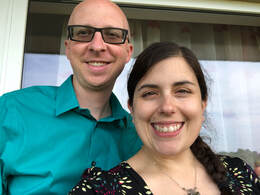
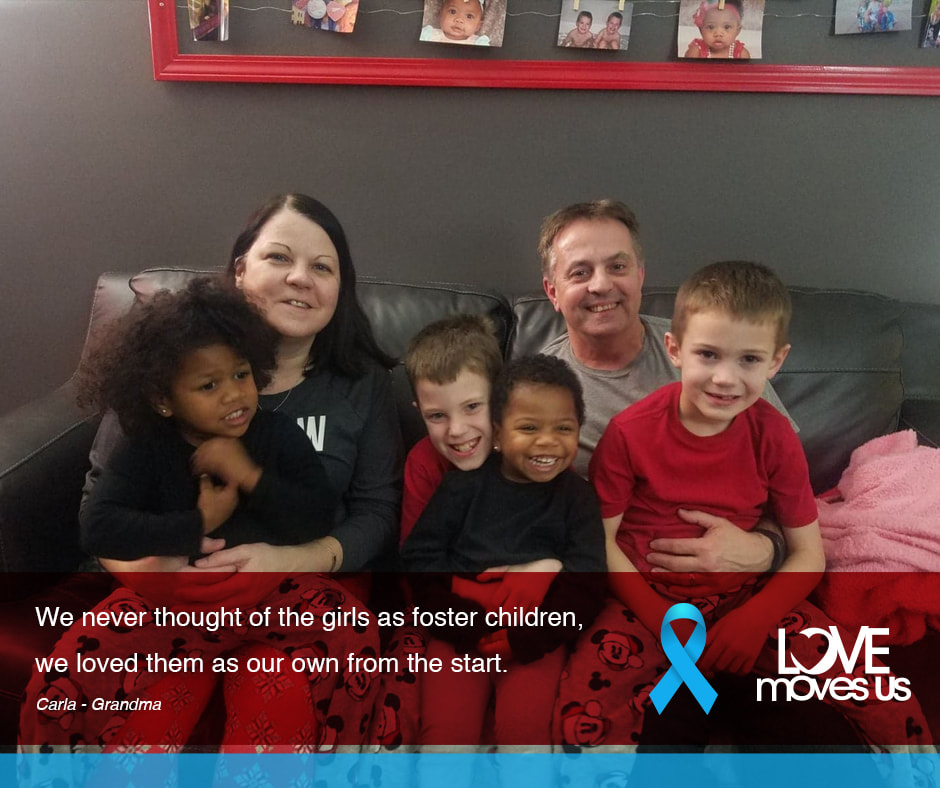
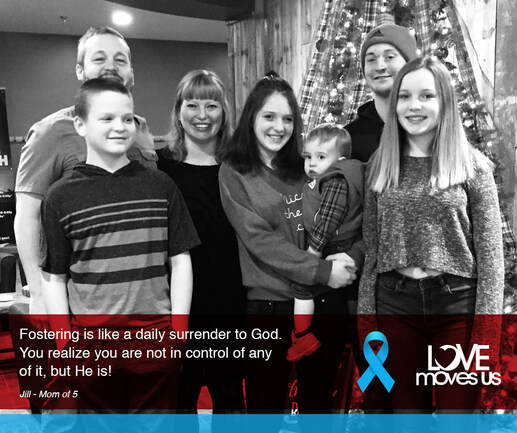

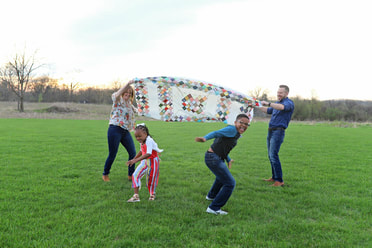
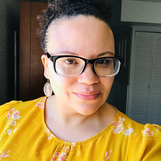

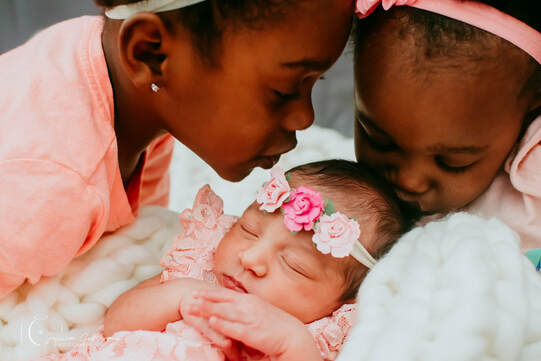
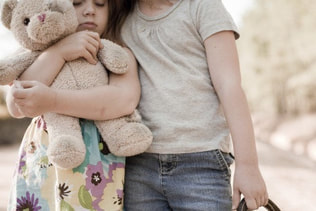

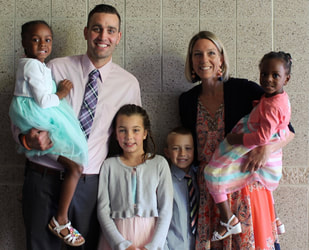
 RSS Feed
RSS Feed